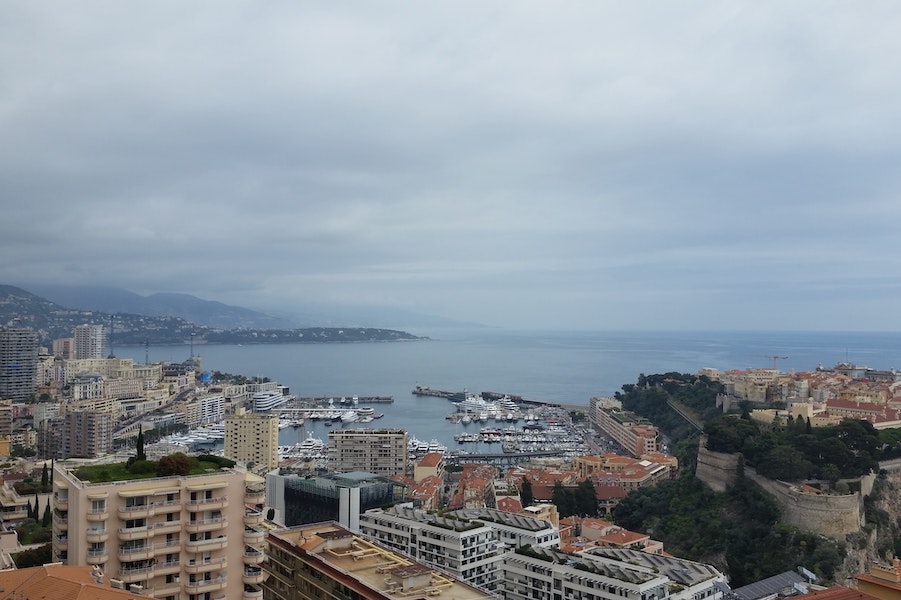After several years of deliberation, the Nice-Côte d’Azur Metropolitan Council has given the go-ahead for a “hopper project” on the Moyenne Corniche to help relieve the endless traffic woes plaguing commuters entering and leaving the Principality every day.
Cross-border workers know all too well the nightmare of morning and evening rush hours.
On Thursday 6th October, the Metropolitan Council of Nice-Côte d’Azur, under the chairmanship of Nice’s long-time Mayor Christian Estrosi, voted, after several years of deliberation, to start building a single subterranean tunnel in the up direction at the exit of the Rainier III tunnel to try and at least partially alleviate the endless bottlenecks.
The Prince’s government has applauded the decision, saying in a statement: “Given the issues of traffic flow and safety, the system voted by the Metropolis is essential because the exit from Monaco is increasingly congested due to the tens of thousands of people who go there every day to work.”
The crux of the problem comes at the Rainier III tunnel, that serves the Moyenne Corniche on Monaco’s western border. The tunnel is forced to close once a day on average lately to remain in compliance with Mont-Blanc regulations which state that as soon as there is a queue of 100 metres, the tunnel must be closed to allow traffic to regulate before reopening. The reasons for the back-ups can vary, but something as simple as a large number of people trying to get into the petrol station at the tunnel’s exit can prompt a closure.
Traffic density, which had been lessened by the pandemic, has returned to 2019 levels, with an estimated 105,000 vehicles coming and going from the Principality daily, 35,000 of these being commuters.
The project would require an investment of more than €30 million, according to the latest studies, financed up to 80% by the Principality after the various parties have formalised any necessary agreements.
Whilst the news is welcome in Monaco, not everyone is enamoured of the idea. Cap d’Ail Mayor Xavier Beck is incensed, citing “€35,000 in lost revenue per year for our municipality and 18 hellish months of work to supposedly fight against traffic jams. All this, for a very meagre result, a time saving of four minutes in traffic jams.”
The regional authorities clearly disagree and feel this project is for the greater good and safety of commuters from both sides of the border.
“It is a State-to-State affair, and not the Métropole pot de fer against Cap-d’Ail pot de terre (small town helpless to fight big government),” retorted Bastien Nespoulous, Christian Estrosi’s Cabinet Director. “The Métropole has always respected the municipalities and the mayors.” He added, “We cannot wait 10 more years, and we will not take risks 10 more years.”
Other measures are being taken to alleviate some of the mess, including the motorway slip road being built in Beausoleil, which could help a bit, but probably not enough. Additionally, the ferry service project is still in the works.
“We are still working with Monaco on a better ferry service to which is added the project to serve Cap-d’Ail and Fontvieille by a clean-propelled maritime shuttle,” said Nespoulous.
The urgency to begin the project is there, but feasibility studies must be concluded before ground can be broken, meaning that for now, commuters will have to endure long queues and unpredictable drive times.
SEE ALSO:
NEW EXIT RAMP ON TRACK FOR 2023 OPENING
GOVERNMENT RENEWS SUPPORT FOR KLAXIT CARPOOLING
